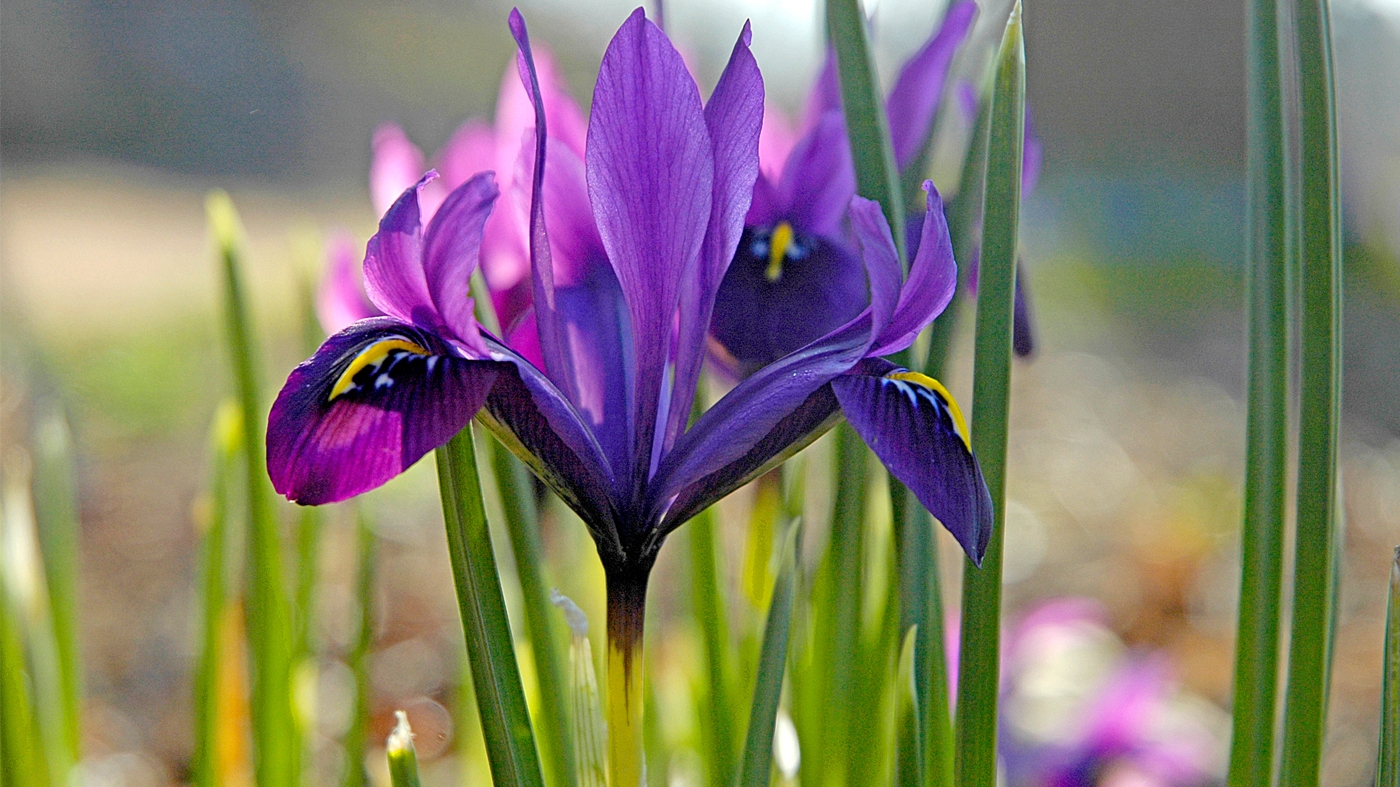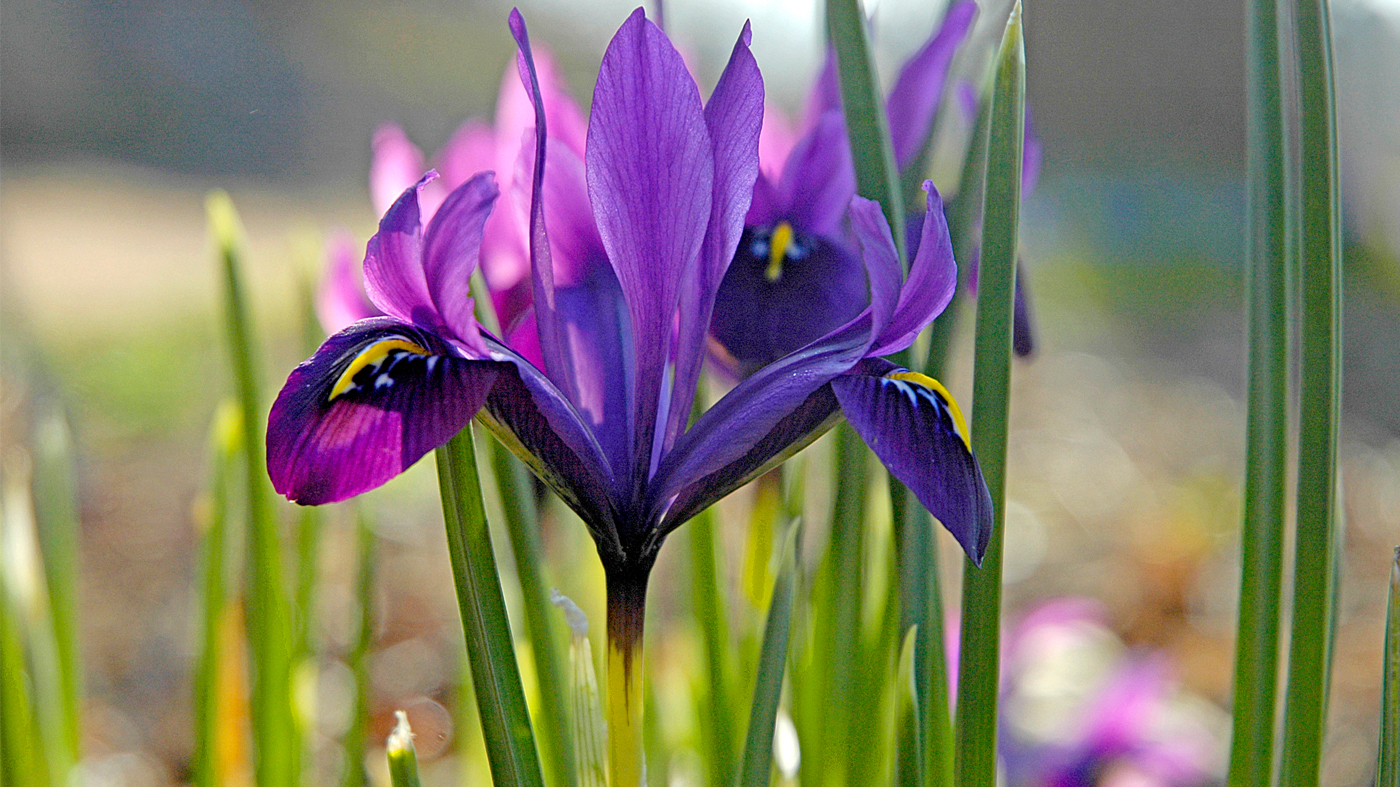
42.14294815, -87.78515625
42.14760971, -87.79167175
42.14761734, -87.7917099
42.14761734, -87.79167938
42.14762115, -87.7917099
42.14762497, -87.79169464
42.14762878, -87.7917099
42.14874649, -87.78775024
42.14899063, -87.78723907
42.14900208, -87.78726959
42.14900208, -87.78722382
42.1491394, -87.78728485
42.1493187, -87.78690338
42.14932632, -87.78690338
42.14932632, -87.78689575
42.14933395, -87.78689575
Linden Viburnum
CARDINAL CANDY linden viburnum was selected for its cold hardiness that is reported to be superior to the species. Its white flowers in spring, burgundy foliage in fall and red berries in fall/winter are typical of the species.
Native to China, Korean, and Japan, linden viburnums derive their name from the leaves, which resemble those of the linden tree. It is an upright deciduous shrub that grows to 8 – 10 feet tall and to 6 – 8 feet wide. Creamy white flowers in showy, domed clusters appear in May to early June, giving way to bright red fruits in late summer to early fall that persist on the shrub into early winter. The berries are attractive to birds. The wrinkled, dark green leaves turn shades of bronze, burgundy, and red in fall.
Viburnums are a versatile genus of multi-stemmed shrubs that are well suited to the home landscape due to their range of sizes and cultural adaptability. Some viburnums are noted for their fragrant flowers; most bear small fruit that may add visual interest. Many viburnums have attractive fall color. There are over 100 different varieties of viburnum at the Chicago Botanic Garden.




